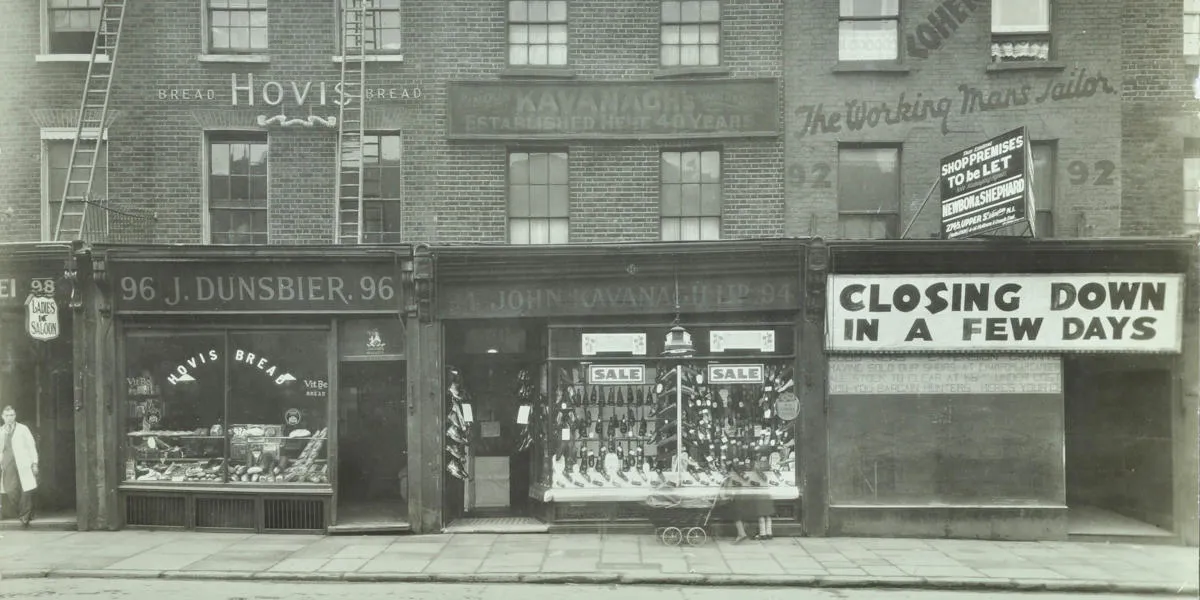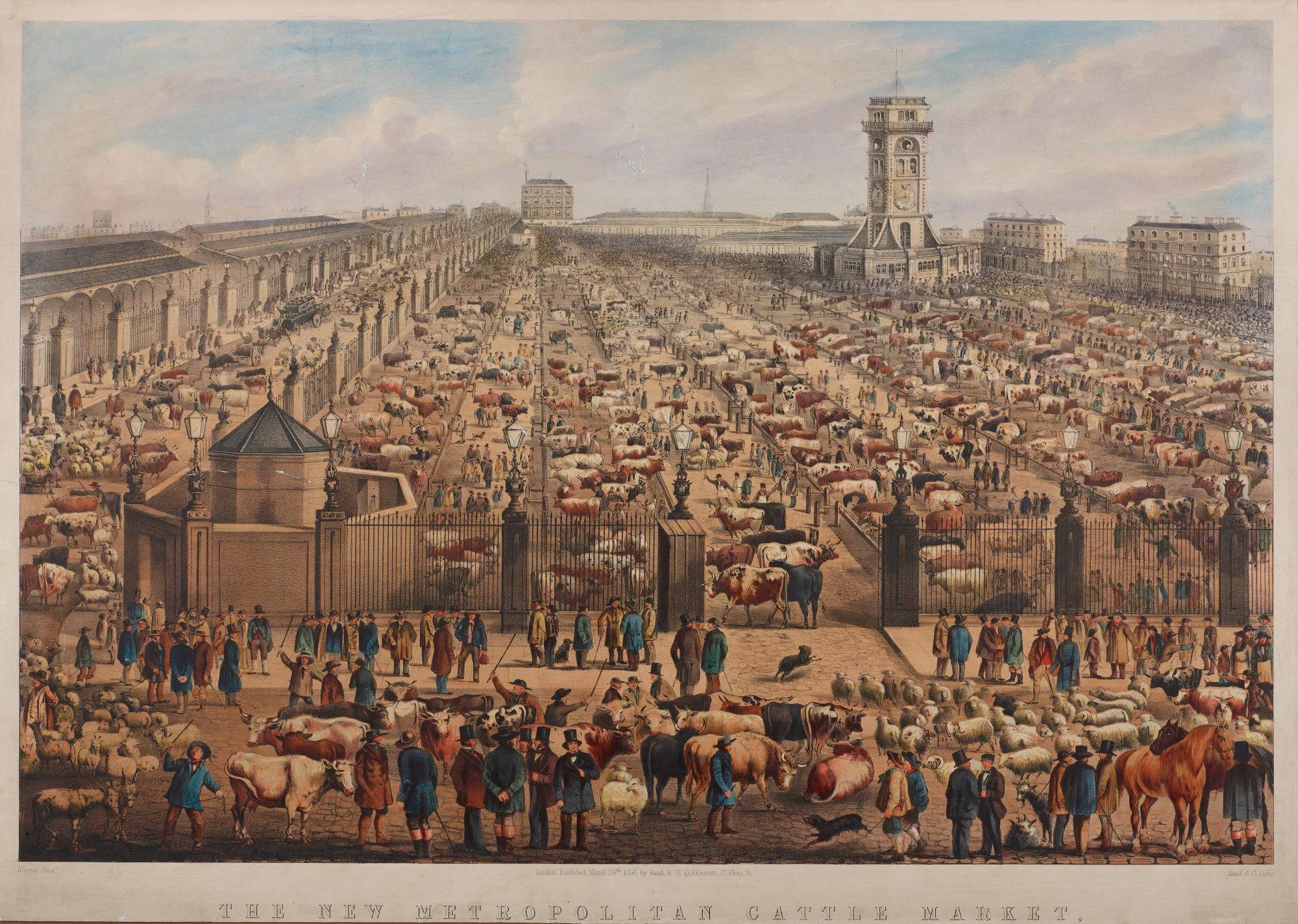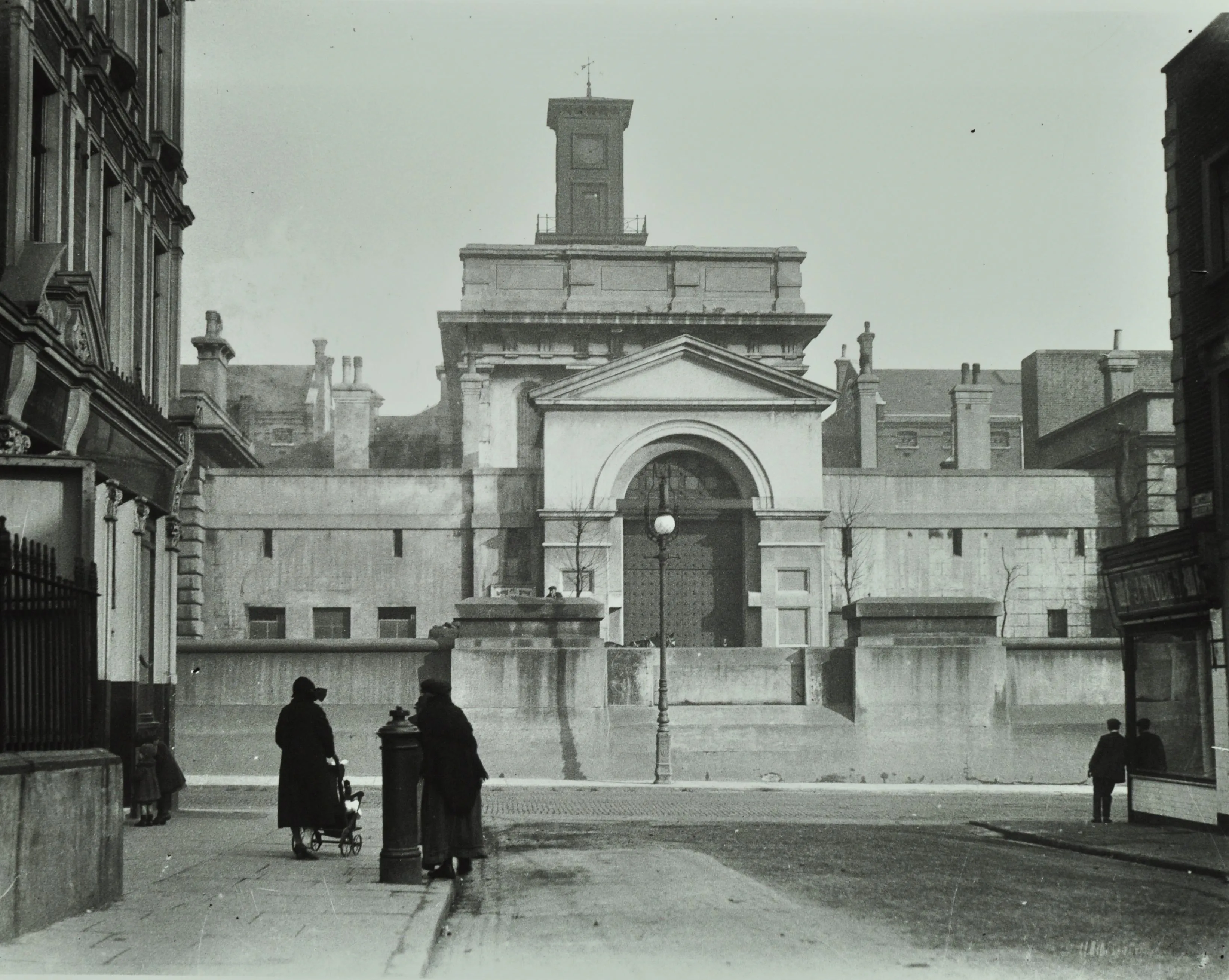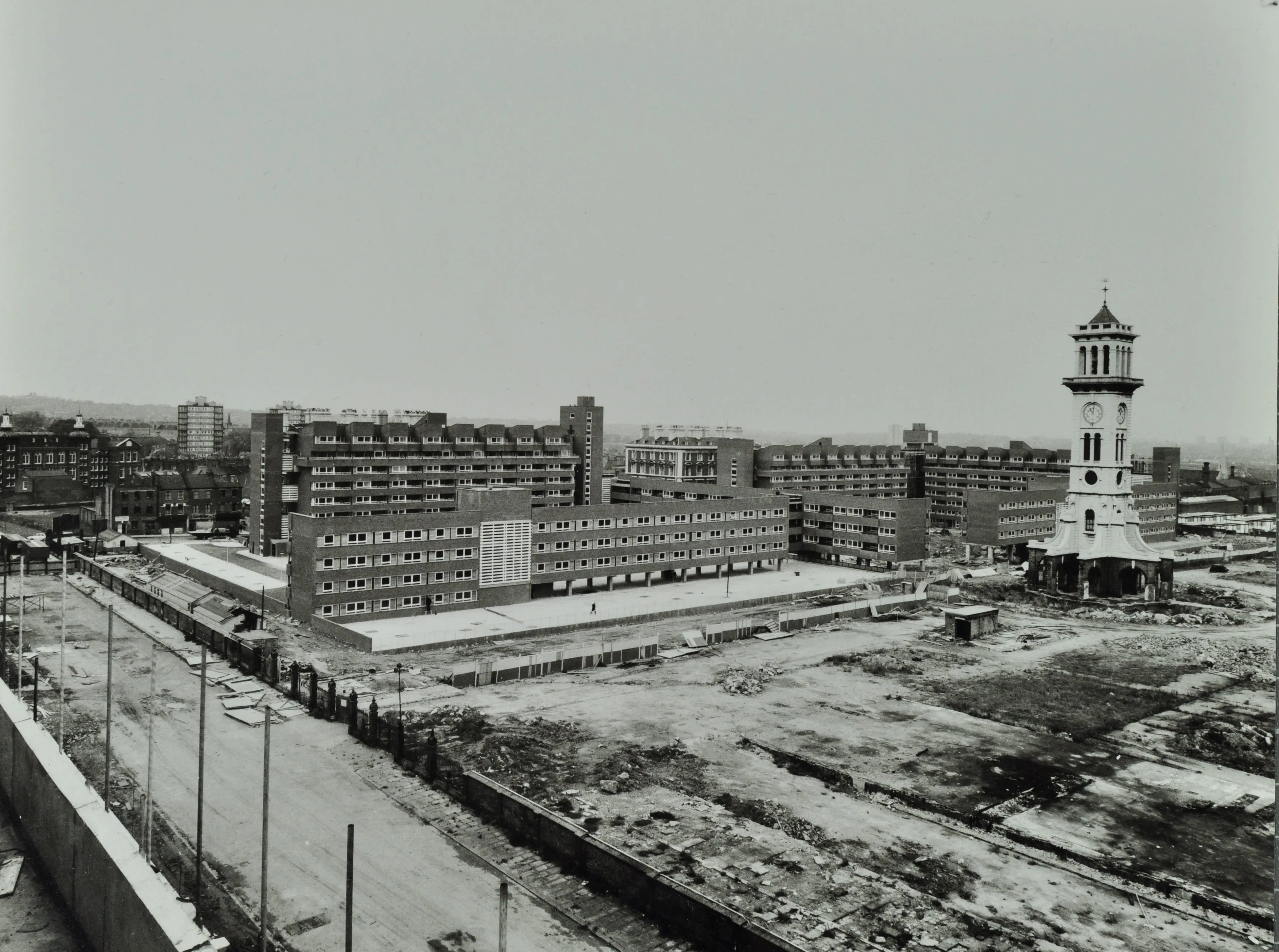'Caledonian Road' by Andrew O'Hagan

April 2025 - 'Caledonian Road' by Andrew O'Hagan
In April, Book Group read Andrew O’Hagan’s 2024 novel 'Caledonian Road'. This was a long novel that divided the group and made us consider the problems of a 'State of the Nation' novel and the challenges of writing contemporary London.
Echoes of Charles Dickens
Several readers felt the novel deliberately echoed the work of Charles Dickens, with a huge cast of characters (over 50) and a complicated plot that weaves characters from all levels of society together in a people trafficking scandal. Significantly, these connections make a broader point, that in the novel’s moral universe, everyone is complicit.
Representing Islington
Readers enjoyed the descriptions of this specific part of Islington, and London more widely, particularly because an area such as the Caledonian Road is not commonly covered in literary fiction. O’Hagan gives voice to working class characters, asylum seekers, and disaffected teenagers, but some readers felt that he relies on stereotypes of these groups to make his point. One reader pointed out that the novel would fail the Bechdel test, with the novel’s women generally only existing in relation to the male characters.

Celebrity art historian
The fall of Campbell, our protagonist, a celebrity art historian with some dubious connections is satisfying but he is more than a cartoon villain. Instead, he is careless and complacent, and O’Hagan seems to suggest this is his greatest crime – that he has stopped to think critically about his work, his values and his associates. Milo, the student responsible for his downfall is enigmatic and hard to read, but several readers found him the most interesting part of the novel, and the novel’s final section where his plans come to fruition provide a compelling finale.
Archive sources
In the session we looked at some documents from our collection. The key thing was to show how the area quickly developed over time, with the prison, the cattle market and so on, ostensibly located on the edges of built up London, but quickly being subsumed into a dense suburb. In Charles Booth's Poverty survey map (conducted 1886 to 1903) we observed this sharp division between communities, which has worsened as a result of gentrification and the development of the Kings Cross area. This gives us a location, in theory, where all parts of London society can mix.

